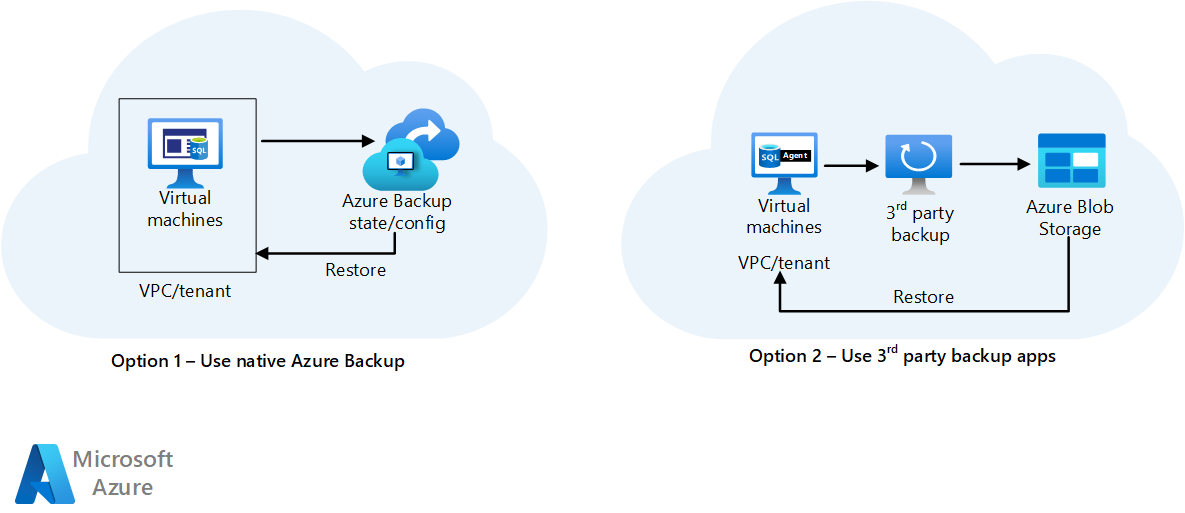Solution ideas
This article describes a solution idea. Your cloud architect can use this guidance to help visualize the major components for a typical implementation of this architecture. Use this article as a starting point to design a well-architected solution that aligns with your workload's specific requirements.
Back up data and applications from an on-premises system to Azure using Azure Backup or a partner solution. An internet connection to Azure is used to connect to Azure Backup or to Azure Blob storage. Azure Backup Server can write backups directly to Azure Backup. Alternatively, a partner solution such as Commvault Simpana or Veeam Availability Suite, hosted on-premises, can write backups to Blob storage directly or via a cloud endpoint such as Veeam Cloud Connect.
This solution is built on the Azure managed services: Backup Server, Azure Backup, and Blob Storage. These services run in a high-availability environment, patched and supported, allowing you to focus on your solution instead of the environment they run in.
Potential use case
Your organizations backup strategy will differ depending on the workload you need to protect, and Azure Backup can assist you with a wide variety of backup types.
- Backup and restore your files and folders, which can be great for storing application configuration changes or other business materials.
- “Typical” Windows or Linux machines to fine-grained protection for Exchange, SQL, or SharePoint services.
- Hyper-V, VMware or even capture system state and do a bare-metal recovery if needed.
- Create backups of your Azure VMs directly from the portal.
Architecture

Download a Visio file of this architecture.
Components
- Azure Backup Server orchestrates the backup of machines and manages the configuration of the restore procedures. It also has two days of backup data for operational recovery.
- Azure Backup service runs on the cloud and holds the recovery points, enforces policies, and enables you to manage data and application protection. You don't need to create or manage an Azure Blob storage account when using Azure Backup.
- Blob Storage: Blob storage that partner solutions such as Commvault connect to for backing up data and applications. You must create and manage Azure Blob storage when using partner solutions.